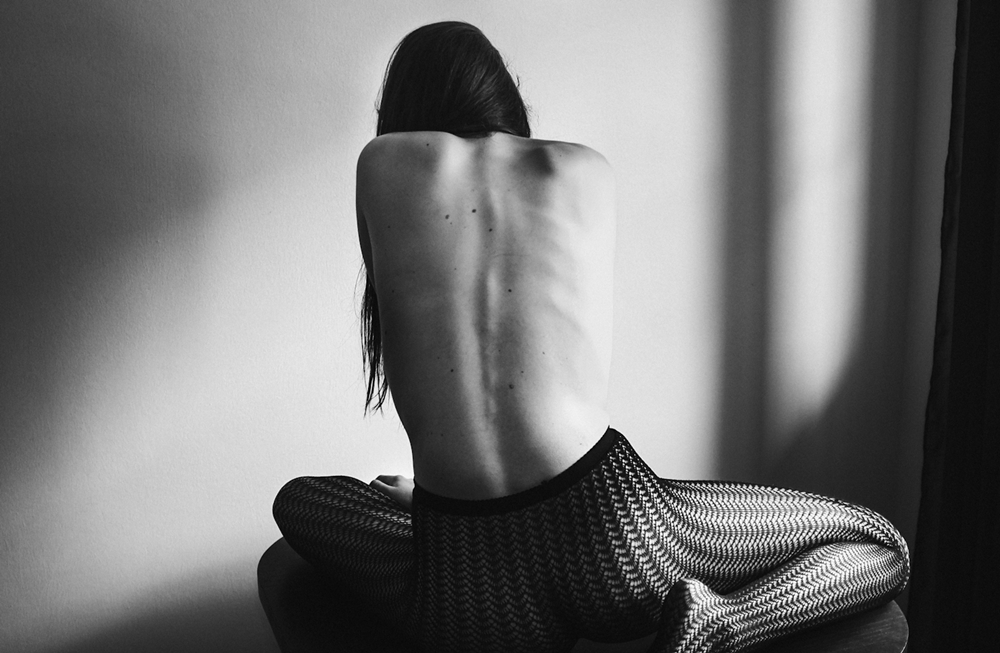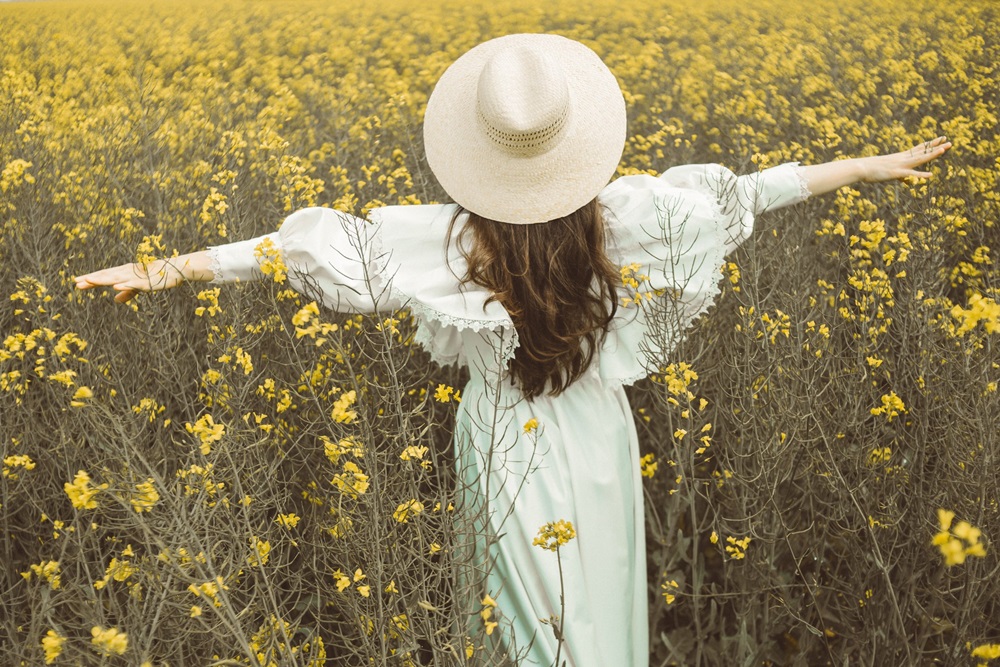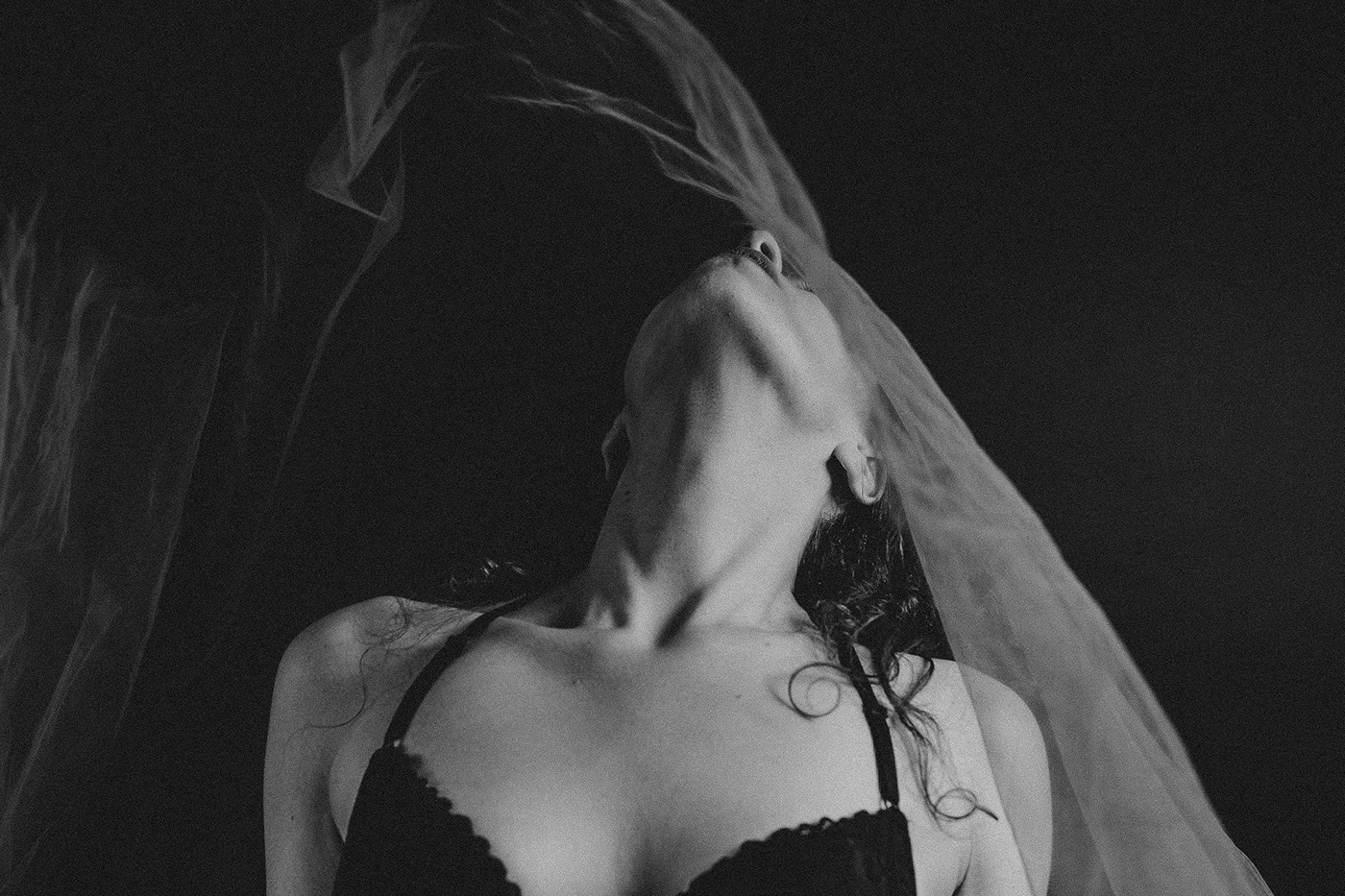We live surrounded by objects, whether they stand still in the corner of the room or we interact with them. Right at the intersection of nature and art is LUN, the Timisoara-based studio with a practice rooted in neo-organic contemporary design. Founders Manuela Marchiș Blînda and Cezar Blînda create minimalist, yet modern wooden pieces while exploring the relationship between architecture, art, and craft. Their objects are designed to spark curiosity about wood and activate our senses through aesthetic sustainability.
Throughout her studies, Manuela rarely worked with wood, as she was more drawn to metal sculpture. It was when she started to create pieces of jewelry that she implemented wood in her works. Today, LUN consists of Manuela and Cezar, and their work is based upon the traditional yet modern take on wood carving, creating sculptural pieces and domestic objects in the subtleties of their form. The construction of their elegant and clean-lined pieces is simple yet refined, with round edges and soft touches to the overall design.
LUN engages with high-quality products and natural materials, which all contribute to a vibrant yet harmonious atmosphere, bringing a touch of aesthetic beauty to our everyday ceremonies. And it’s fair to believe that such items are meant to last for generations, as they will only grow more beautiful as time leaves its imprint on the natural materials.



Could you tell us more about your story and how you got to the place where you are now?
Manuela: I will refer to LUN starting from the year 2020 when Cezar joined me. The story is that the universe arranged things in such a way as to bring us together, not only on a professional level but also personally. In this way, I realized that LUN doesn’t just mean the vision of a single person but can become a concept that integrates multiple creative minds. I still feel that LUN is growing more and more, and it surprises me how much it can expand.
What led you to work with wood? Are you self-taught or have you learned it from someone else?
Manuela: In college, I worked very little with wood; initially, it didn’t attract me much, as I was more drawn to metal sculpture. I chose to work with wood on a whim when I wanted to imprint my graphics on a warm, luminous, and organic material, in the jewelry pieces that laid the foundation for LUN design. Through working with Cezar, I learned more about wood, types of wood, processing, and finishing techniques, which now fascinate me. From a technical perspective, I know that there’s much more to learn, and that wood can offer a lot of vibrancy and texture—elements I aim to experiment with in the future.
Why LUN, why focus on the natural beauty of wood with minimal technological intervention?
Manuela: The term ‘LUN’ stands for balance. I came up with this name because I wanted to create a brand that was both feminine and masculine at the same time. I see this balance in nature, which is why I chose wood, a material that remains alive even after processing. We do use technology that greatly assists us, but an object mostly crafted by a machine loses some of its energy and meaning.
We make it a point to use our hands in order to convey the joy of creating an item for people to use. Moreover, we aim to reignite in people a sense of respect for objects that make life easier—a sentiment we believe is beneficial to rediscover. Additionally, the experiences tied to these objects align with mindfulness.
Not only do I like to say that each wood has its own personality, much like people, but I strongly believe in this. Each wood species has its unique characteristics suitable for a particular project, and that’s why you need to work with each one individually to discover its traits.
Cezar Blînda
Prior to starting a new project and according to the diverse natures of your works, what type of research do you do and why?
Manuela: There are ideas that often come to me directly in my mind. I start by sketching and developing them. Then, they develop even further when they reach Cezar, and he begins to bring them to life. We discuss things after the initial stages and determine what we like and what we don’t.
Cezar comes up with innovative ideas, and the design changes quite a bit from the initial concept. Most of the time, I believe that the aesthetics and the message of LUN are already so deeply ingrained in me that I don’t exactly know where the ideas originate from or why. Very rarely do I conduct research. I have the impression that Cezar is much clearer about things and finds it very easy to express them in words, as he is more of a conceptual person.
Following the flow of composition, curves, and elements to design quality products, how do you balance aesthetics and functionality?
Manuela: A very appealing aspect of neo-organic design, as we call it, is that it benefits us not only aesthetically but also functionally. We seek the line and form in their essential, minimal state to provide maximum ergonomics. We realized that we would live in greater harmony if the objects we interact with were conceived as extensions of ourselves. In fact, it’s easy to find this balance if we listen to our needs. The curved line represents a natural flow, and it’s impossible for it not to be beautiful and comfortable.
From an industrial design perspective, what are your vital tools, resources, and methods for you during the design process?
Cezar: I started on this journey with a scroll saw kit, and along the way, the tools came exactly for a specific need at that moment, which has remained true to this day when I have a range of tools that cover my needs. Today, I not only need a particular tool to perform a specific operation, but I also need precision, speed, and performance to create an object in a professional manner. Now, to give an example of a specific tool that I really like, it would be the lathe, which provides instant feedback on the shape, and the fact that only you can determine it. As for raw materials, I need stable wood for certain objects that involve specific techniques for reproduction, but otherwise, I can use any piece of wood, regardless of its condition, to create something unique and exceptional.
Can you share a specific example of a type of wood that challenges conventional connotations?
Cezar: Not only do I like to say that each wood has its own personality, much like people, but I strongly believe in this. Each wood species has its unique characteristics suitable for a particular project, and that’s why you need to work with each one individually to discover its traits. Some have denser grain, others are more brittle, some have a floral scent, while others smell like freshly baked bread, like the heated acacia wood. I could say something about each one, but I’ll give the example of lime wood, which I underestimated as being a soft wood without any special nuances. However, when I discovered that it’s not demanding at all and that you can rely on it for certain finishes such as burning, it made me use it almost the most frequently and appreciate every type of wood.
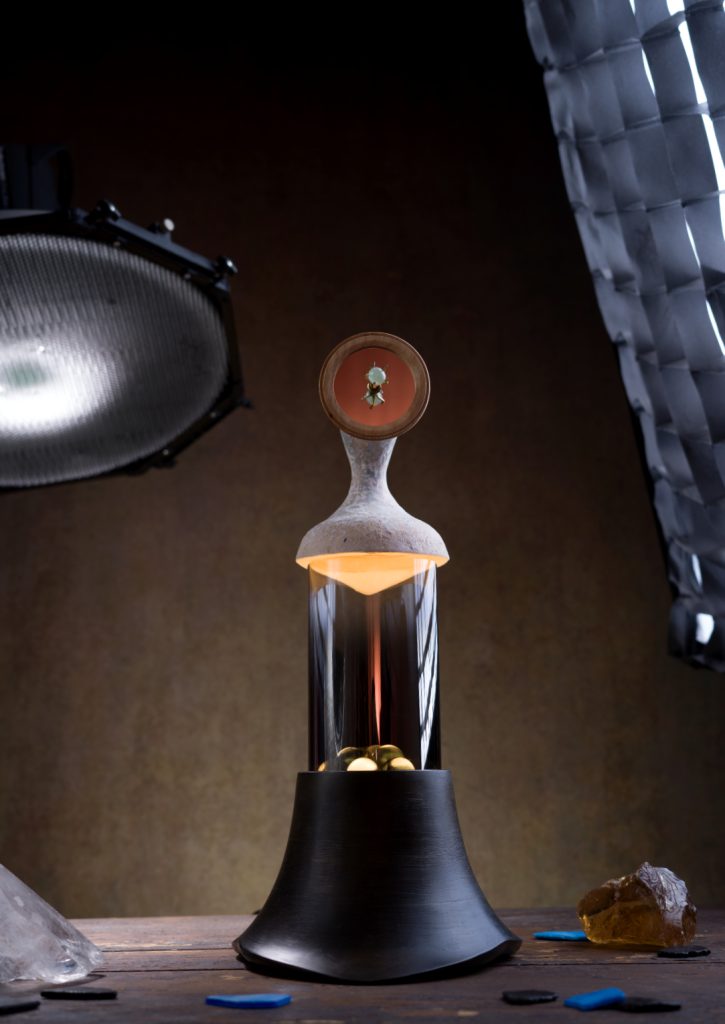
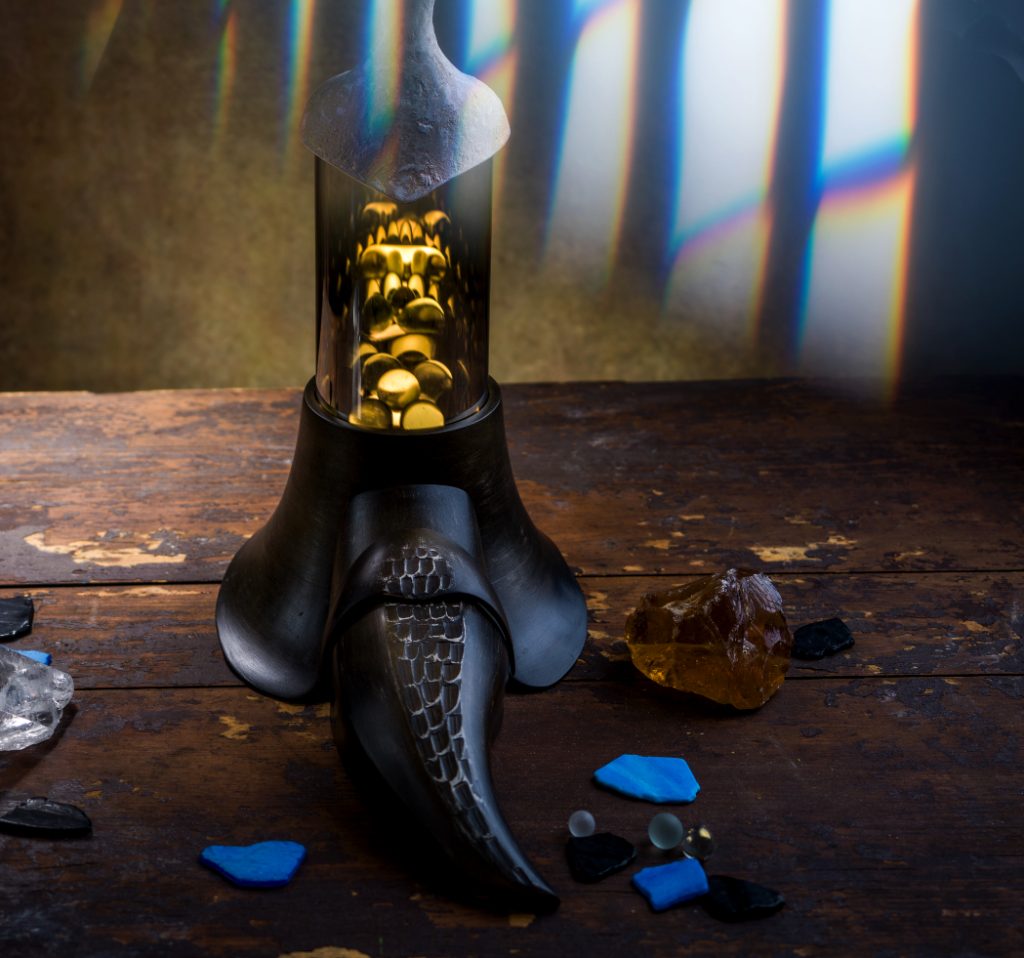

What is on your mind when you are shaping an object?
Cezar: Even though I have no skill in drawing whatsoever, my mind functions like a computer rendering a 3D/4D image in my head. This works so well that I very rarely need a computer or technical drawing to visualize that object. But this doesn’t just happen technically, it also occurs conceptually. Many times, I construct an object based on an abstract concept or an immaterial phenomenon, such as perfection, the fluidity of nature, emotions, memories, etc. At that moment, I evoke characteristics of these concepts that translate into the “lines” of the object.
What are the major issues or biggest challenges you have found in the design process?
Cezar: The biggest challenge is surpassing contextual limits. Ideally, we would just create, and that would take us very far in conveying concepts. However, in real life, the difficulty lies in sustaining oneself from this creative endeavor. For this, there is a constant search for a balance between the material support of life and finding the harmonious state to create, along with having sufficient time for it.
What is next for you?
Manuela: In the future, we aspire to be more liberated and creative. We are already preparing the first exhibition of our new expression, LUN, which opens on September 7th at the Brateanu Gallery in Timisoara. Our primary focus will be on sculpture objects, and functional design pieces will be available in limited series.
For this exhibition, we have created illuminated sculptural forms. While they can be used as lamps, that is not our main intention. The concept revolves around a galactic theme that attempts to provide a seemingly scientific representation of interstellar beings. We allowed ourselves to imagine how these creatures function as key elements in interstellar trophic networks, aiming to maintain ecological balance through their ability to absorb and process interstellar solar radiation and cosmic particles.
Serendipitously, this thematic direction aligns perfectly with the Galactic Tick Festival taking place in Timisoara from September 4th to 10th. Therefore, the “Radiant Bodies” exhibition is part of the festival’s program. The opening will be held on September 7th at 18:30 at the Brateanu Gallery, located at Lucian Blaga Street No. 8, Timisoara, and it will be open for visitors until September 20th, daily from 14:00 to 20:00. We invite you to visit us!

Follow LUN on:
Website | Facebook | Instagram
Photos by Sorin Popa
Nicoleta Raicu
Latest posts by Nicoleta Raicu (see all)
- Is ‘God Damn’ LOVE GHOST’s Best Single Yet? - April 27, 2024
- Dissecting IRONIC SWEDEN’s EDM/Future Pop Track, ‘Media Whore’ - April 26, 2024
- THE AMBER LIST: “A Joyous Uplifting That Only The Best Music Can Give You” - April 26, 2024

